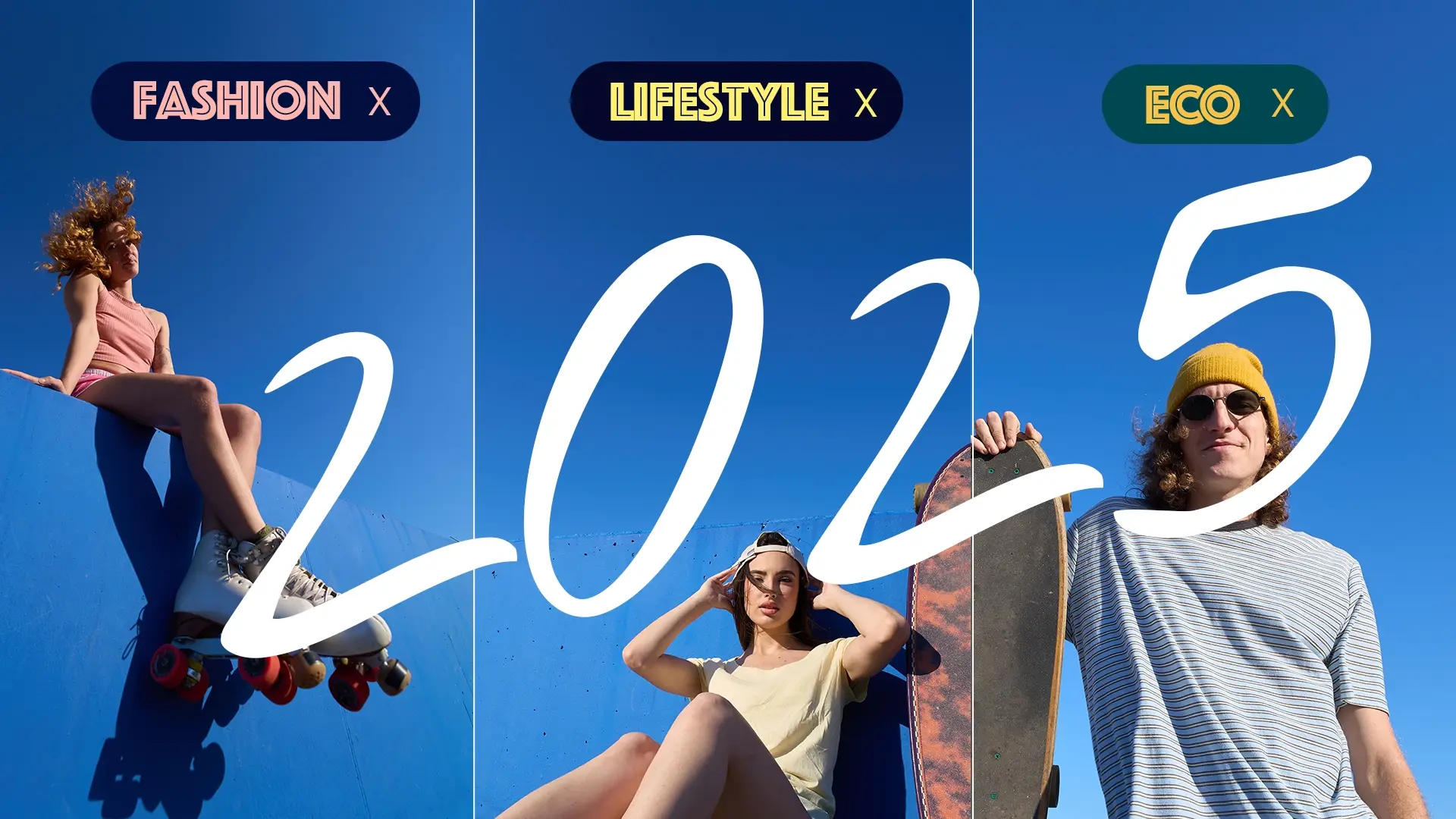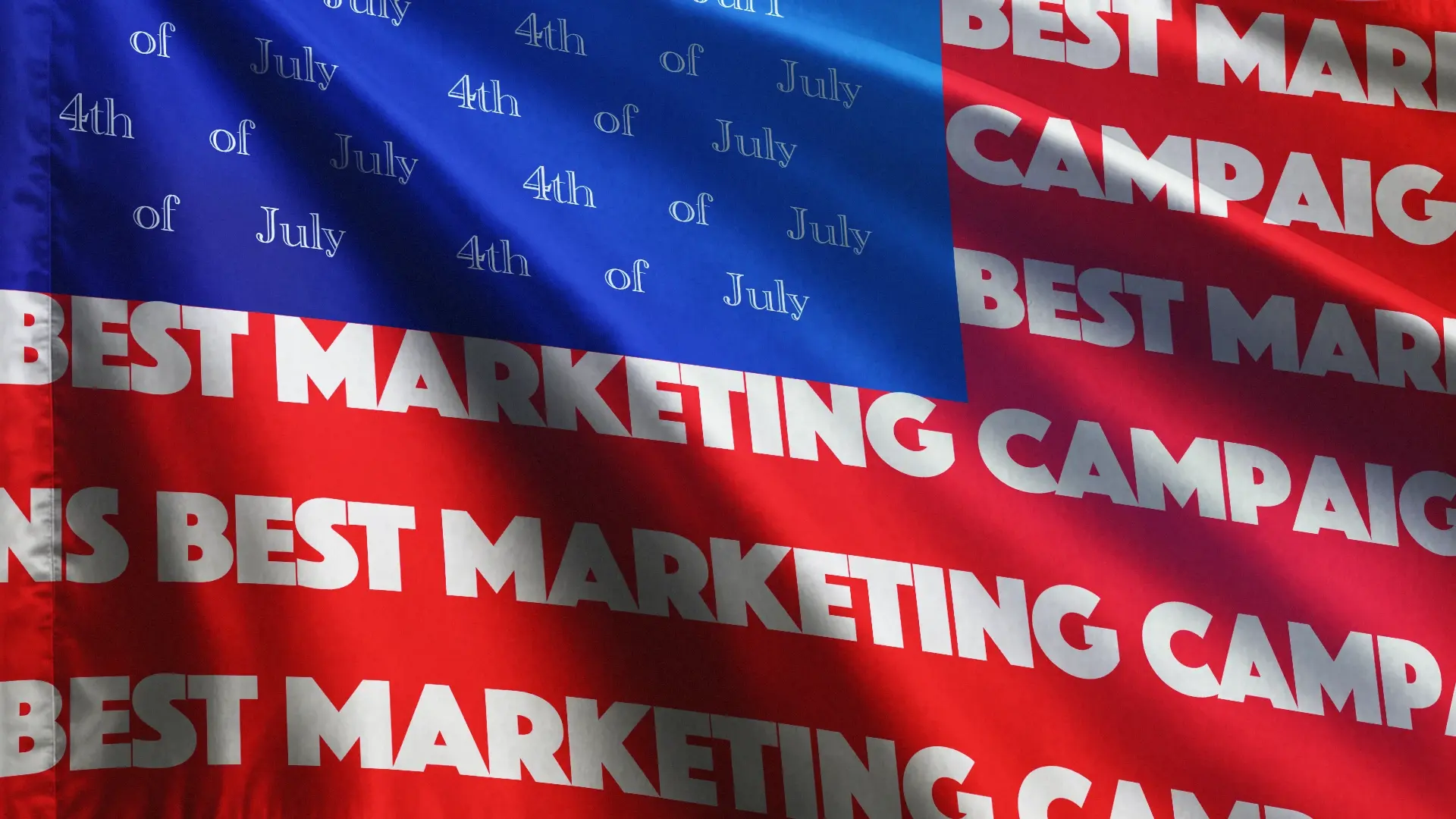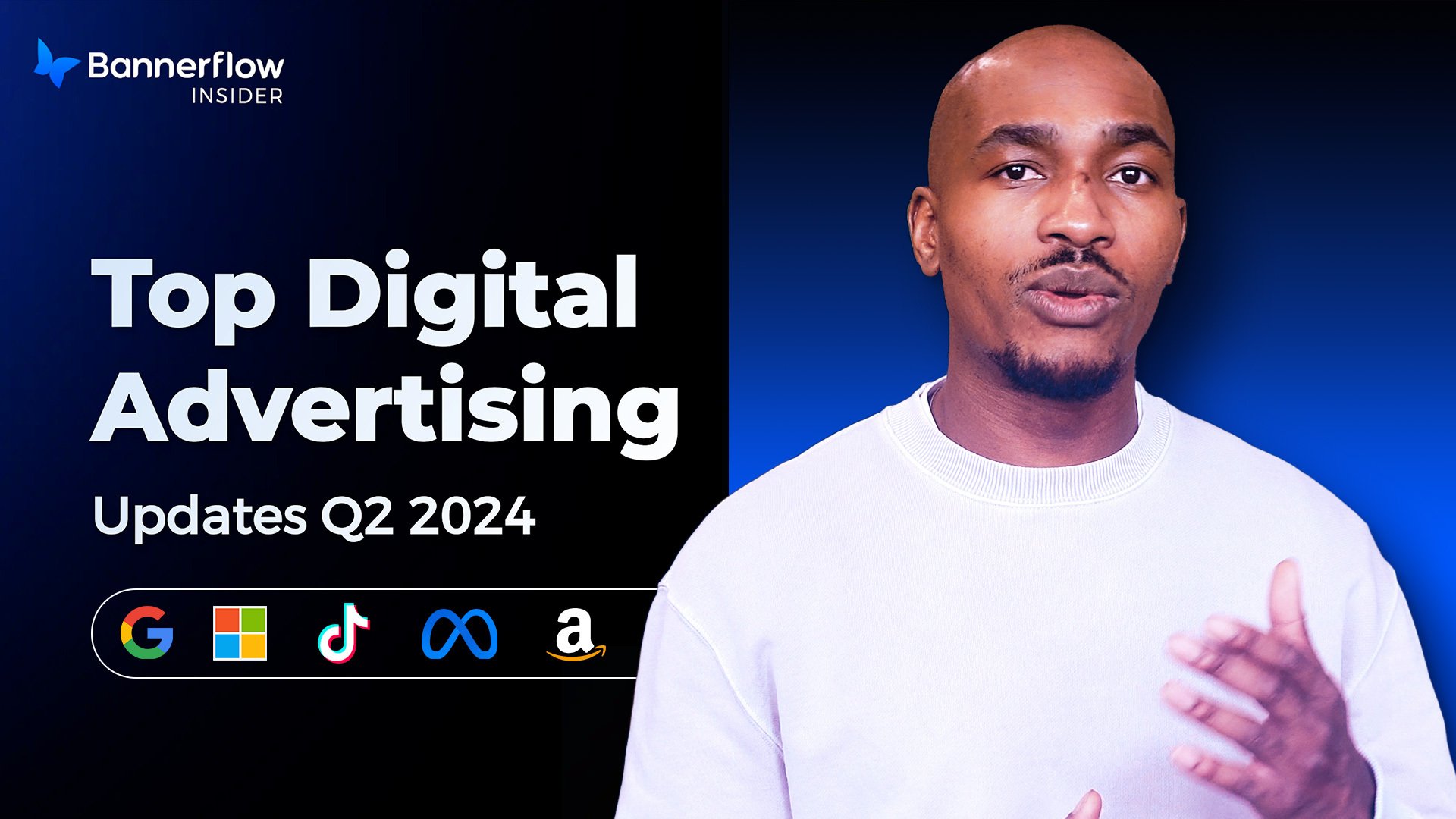Digital out-of-home (DOOH) is developing at speed!
(Indeed, before you read any further, learn about the latest topics within DOOH in our updated 2022 DOOH trends blog.)
Yet, like every advertising channel it is undergoing disruption. There are new players challenging established brands, and out-of-home (OOH) networks are expanding digital signage as fast as they can. The trends defined in this article are some of the most important.
Building on the success of OOH
Out-of-home advertising offers a brand safe environment, with unparalleled viewability. Unless something is physically blocking the screen, all ads are 100 per cent viewable. What percentage of digital display ad inventory can honestly make such a bold promise? What’s more, a Nielsen study showed that OOH provides the highest rate of online activation per dollar of any offline media. Add data feeds, video, and programmatic capabilities to the mix, and digital out-of-home is an unbeatable offering.
DOOH enhances digital advertising
But why is DOOH so important to advertisers? Well, it’s proving even more of a draw for viewer eyeballs! Motion DOOH ads capture the attention of outdoor audiences even better. In fact, DOOH ads are twice as likely to be seen and are 2.5 times more impactful than static OOH ads according to a recent study in the UK. Furthermore, ad tech developments are helping more and more brands work within the channel too.
Here’s what we think will be shaping digital out-of-home advertising over the next 12 months and beyond:
The potential of mobile location marketing
Knowing who the viewers of your ads are already, makes some OOH ads incredibly powerful. For example, Swedish OOH network, Visual Art boasts of its “golf network” of static billboards, while some airlines offer targeted placements only seen by business travellers. Imagine if you could use data to personalise more OOH units?
Linking viewer’s mobiles to nearby DOOH screens offers the opportunity to do these beyond just a few exclusive locations. It’s also a trend that is already happening but probably not in the manner people expect. Indeed, billboard owners are already using location data from people’s mobiles to offer more informed choices regarding ad placements – similar to online third party data.
Anonymised DOOH data for brands
Furthermore, information captured from phones is now being anonymised by carriers and data vendors who then sell it to media owners. This data is used to offer information on different demographic groups – for example, “business travellers” – who walk by an ad. Add this data to other insights, such as traffic or weather data, and you can better localise DOOH ad content. For example, an DOOH ad at one London bus stop may offer very different results from another unit located in a different part of town.
And why might this not happen in the manner people expect? GDPR, or other future regulation. The collection and application of mobile data has the potential to open a Pandora’s box of privacy problems. For example, an ad that directly interacts with a user – Minority report-esque – using mobile data will definitely not be everyone’s cup of tea. However, the use of mobile data for more gentle localisation of ads is far more acceptable.
Expansion of programmatic media buying
Programmatic is rapidly entering the world of out-of-home advertising. Moreover, it’s the biggest and most important DOOH trend on this list. It offers revolutionary automation that is changing the OOH industry. What was once a cumbersome process involving negotiation between advertiser, agency, media seller, and printer is set for extinction.
Expect to see more programmatic platforms that allow advertisers to buy both mobile ads and DOOH ads via the same interface. The result: more integration across existing programmatic strategies, such as display advertising, and faster analytical insight across entire DOOH campaigns. Plus, the implantation of simpler real-time DOOH ad optimisation and agility.
Programmatic DOOH is the way forward
What’s more, DOOH advertising is overtaking traditional OOH for the first time, according to PwC in the UK. And thanks to the rise of programmatic DOOH, outdoor ads are transitioning from static messaging towards automated, dynamic experiences.
Already brands, including Innocent Drinks and Mercedes Benz, are trialling programmatic DOOH. For a recent campaign, Innocent Drinks refined the creative shown on screens in different locations using audience data.
And the pace of change is quickening. Talking to The Drum, Clear Channel, considered by many a traditional OOH outfit, explains that digital now accounts for 60% of its overall revenues, compared with 2% several years earlier. It’s a pattern being repeated with other players, such as JCDecaux too. The trend is pretty clear regarding to DOOH and programmatic: this is now the direction of travel.
Data feeds and dynamic signage
Use of feeds and dynamic DOOH features will grow – that there can be no doubt. For a start the out-of-home industry is already going through a digital revolution – with video at the heart of it. Walking past a dynamic, HD quality, full motion digital billboard with a simple repurposed press ad will be a thing of the past – dynamic content is the way forward.
Data feeds will become the new normal within dynamic DOOH ads too, as networks are opened up and expand. Adding dynamic content that changes within a DOOH ad such as real-time product listings, the latest pricing, and even live video is set to become easier and easier.
Again, there are also the more dramatic possibilities of personalised video content based on viewer data. There could very well be DOOH ads that use facial recognition data and smartwatch data, such as heart-rate, to offer targeted offers or content within out-of-home ads. But – and it’s a big but – the data which the public will be willing to provide will dictate best practice. Likewise, if display advertising is anything to-go-by, brands will need to be extremely careful, or tactful in how they produce such ads. One person’s utopia, is another person’s dystopia.
DOOH and social campaigns
A feature of the further development of DOOH will be it working in unison with other channels. According to research carried out by Talon Outdoor, by including motion DOOH ads as part of a social campaign, effectiveness across brand metrics increases by an average of 23 per cent.
The same survey detailed that there is consistent, positive impact on awareness, emotional response, message take-out, consideration, purchase intent, and consumer action, when using DOOH alongside a social campaign. The adage is clear: ad formats can no longer just work alone; they’ve got to be used together. And thanks to the development of programmatic DOOH, outdoor ads just got that much more connected.
And brands are already experimenting. For example, PHD, partnered with Clear Channel and parenting publisher ChannelMum.com to promote Nick Jr. show, Shimmer and Shine, across DOOH formats. The campaign saw 9 different pieces of ChannelMum region specific, influencer content run on Clear Channel screens in shopping malls across the UK.
Growth of ad networks and “smart cities”
A trend that seems unstoppable is the growth of DOOH signage and networks. Many new networks look set to emerge, taking advantage of existing static placements and the large-scale real estate footprints of high street businesses, as well as other public infrastructure.
Indeed, cities the world-over are going online, with a massive ad ecosystem that simply didn’t exist 10 years ago. What’s more, this growth will lead to new and unique opportunities. What was once speculative or science fiction is becoming reality.
This change is already taking place in London. New York may have swanky digital yellow cabs but London’s iconic double-decker buses are now being kitted out with “Children of Men” style DOOH screens. According to Campaign, the technology will allow brands to run imagery and copy that is connected to the locations of the buses, for instance according to nearby shops or London landmarks. Google will be the first to run geo-targeted messages.
Moving DOOH campaigns in-house
A growing trend across the ad industry is marketing teams moving some, or all of their advertising in-house. Previously, it would have been pointless to suggest that this trend would be relevant to OOH but the times are a changin’.
Recent ad tech developments, including the networking and implantation of transparent programmatic buying for OOH, have made it far easier for in-house designers to turn their attention to bigger canvasses. Meaning all ad assets for a campaign can be produced in-house.
Mobile-first and dynamic DOOH ads
One enabler of this shift is the development of enterprise-level creative management platforms, CMPs. These currently provide in-house marketing teams with the capability to produce dynamic display ads in-house. And here’s the killer news: these same CMPs can now produce DOOH ads too.
What this means is everything you can do with a dynamic HTML5 ad, in-house, you can do with a DOOH ad. The expectation is that overtime in-house DOOH will get ever more sophisticated.
The longshot: DOOH with added blockchain
Finally, blockchain isn’t going to impact DOOH overnight. Indeed, as we all know in digital marketing, blockchain is still very much not mainstream.
Yet, it does have the potential to make future DOOH campaigns even better. Data management, and audience targeting across digital platforms, combined with programmatic could enable smarter and more automated media buying. Plus, improved performance analytics could mean greater transparency.
But here’s the catch, as Dan Dawson, CTO, of Grand Visual, explains: “it’s going to be tough to implement blockchain technology across the digital OOH landscape”. And that is the honest truth. Blockchain will remain out of reach for most DOOH advertisers until processes and networks have developed further. Until then it will remain a section to tag on at the end of trend articles such as this.
To conclude…
Digital out-of-home is growing in importance for digital advertisers. Indeed, with so many positive integrations, and links with new or existing technologies, it offers exciting possibilities. More and more advertisers – local and multinational – will embrace the format too.
One way of making the most of this change will be by having the right format agnostic technologies at your disposal. The Bannerflow creative management platform offers the ability to produce display advertising from the smallest screen to the very biggest. Ensuring your out-of-home campaigns sync with your display and social ones has never been easier.
If you would like to find out about the different ad formats Bannerflow supports, then take a look here. Or, if you would like to know more about the Bannerflow CMP then get in touch.







